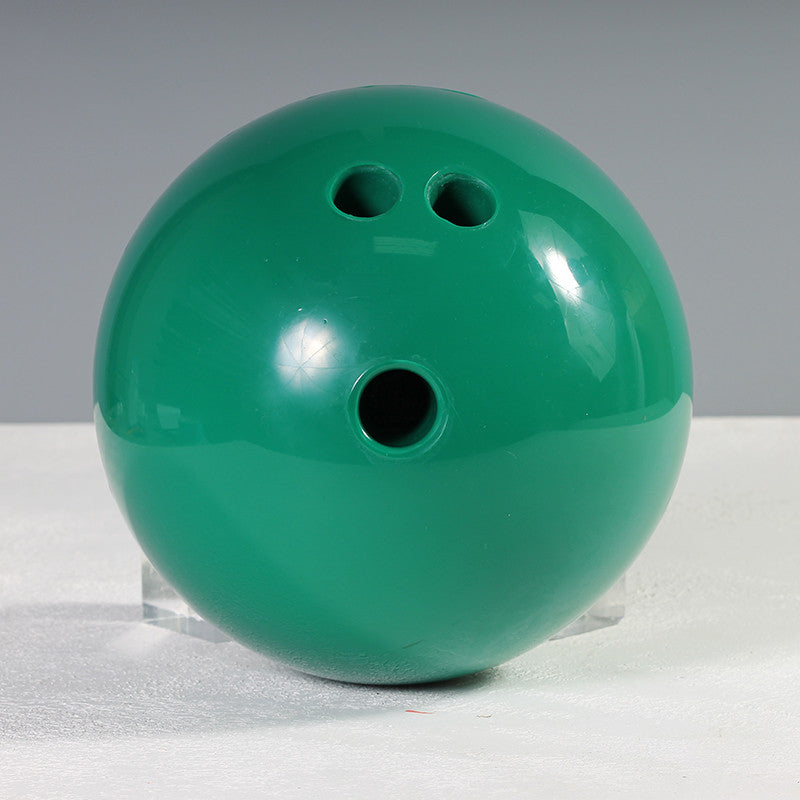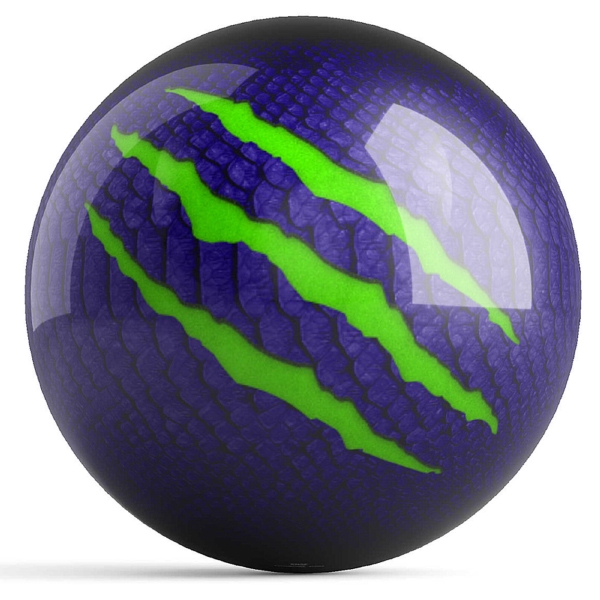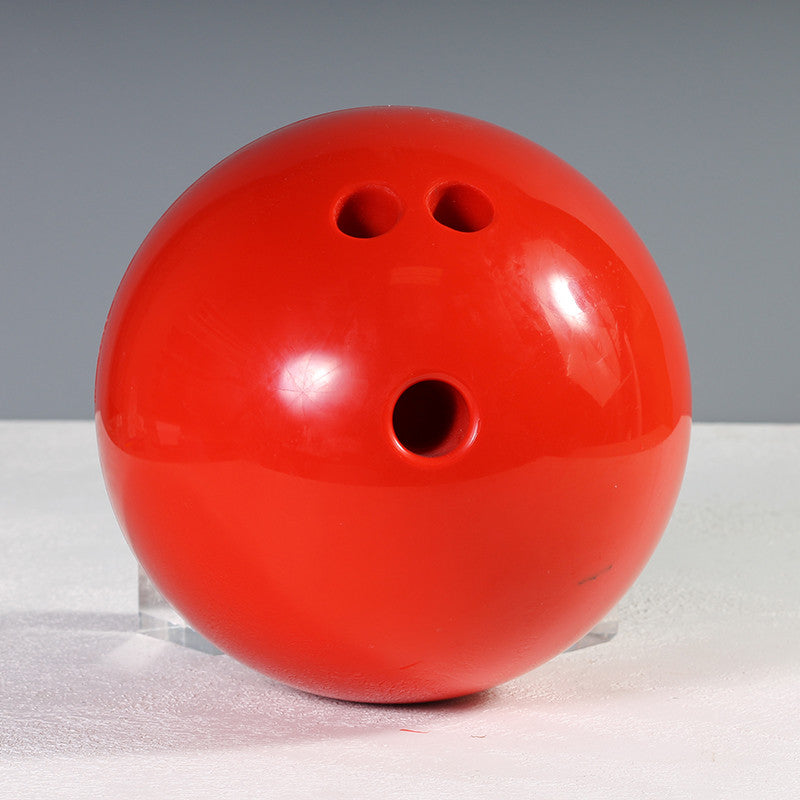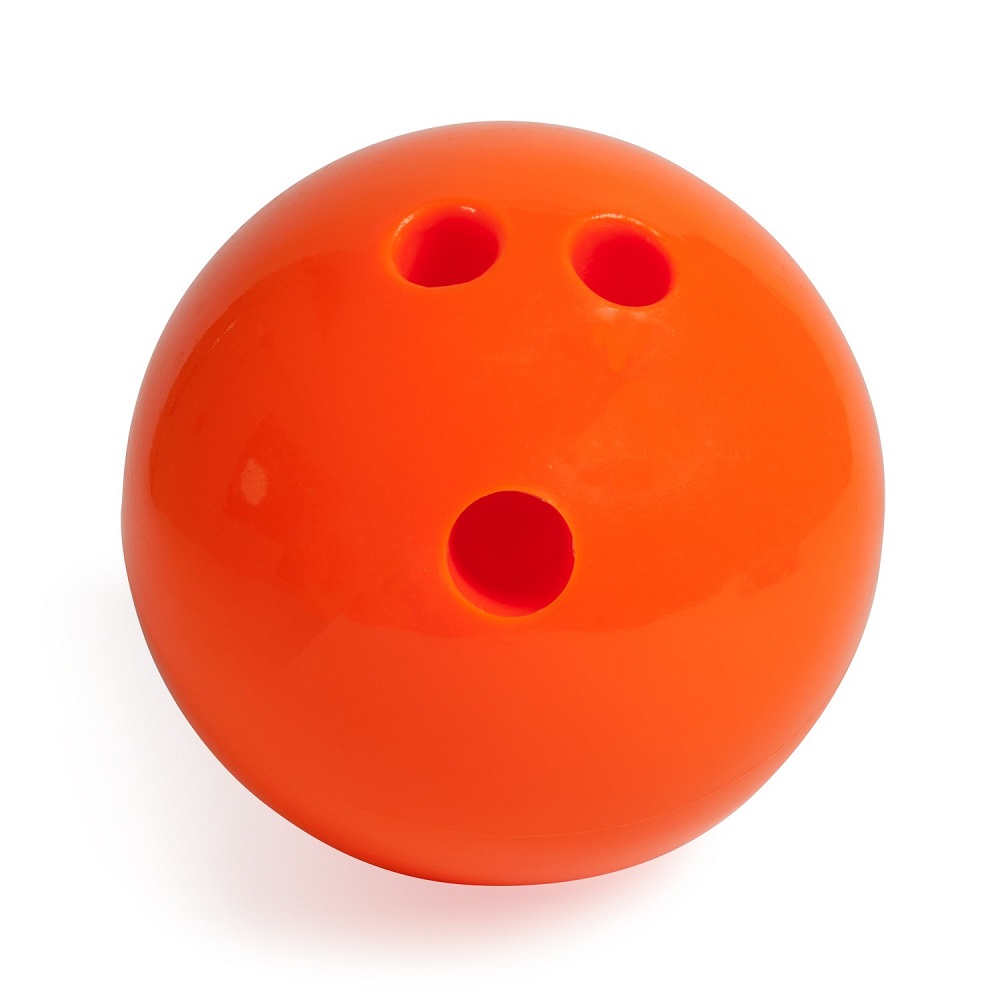Bowling is a sport enjoyed by millions around the world, offering fun and competition for players of all ages. One key factor that influences performance in bowling is the ball itself. A well-designed bowling ball can determine the outcomes of your games, affecting speed, rotation, and control. But what are bowling balls made of? Understanding the materials and the science behind them can enhance your game and help you select the right ball for your style. In this article, we delve into the different components of bowling balls, explore their manufacturing processes, and explain how these factors contribute to your strike.
Components of Bowling Balls
Coverstock: The Outer Layer
What are bowling balls made of? The outer layer of a bowling ball is known as the coverstock. It is crucial because it directly interacts with the lanes and affects how the ball reacts when rolled. Coverstocks can be made from various materials, primarily plastic, urethane, and reactive resin.
Plastic coverstocks are commonly used in entry-level bowling balls. They have a smooth surface that provides minimal friction, making them ideal for beginners or for straight shots. Urethane coverstocks offer more control and hook potential, as they create more friction on the lane. This is particularly beneficial for bowlers looking to achieve greater hook while maintaining stability.
Advanced bowlers favor reactive resin coverstocks to achieve maximum performance. Manufacturers make them with a combination of resin additives that enhance grip on the lane and allow for significant hook potential. This allows for greater ball motion and increased pin action. Understanding the type of coverstock is essential in selecting a bowling ball that matches your skill level and playing style.
Core: The Heart of the Ball
Beneath the coverstock lies the ball’s core, which plays a critical role in determining its weight distribution and overall behavior. Bowling balls come with two primary types of cores: symmetric and asymmetric.
A symmetric core has uniform density, resulting in a consistent ball path and predictable motion. This makes symmetric core balls easier to control, which is suitable for beginners or those who prefer a straighter shot. Asymmetric cores, on the other hand, have uneven mass distribution. This allows for a more dynamic motion, providing increased hook potential. Asymmetric cores are typically favored by advanced bowlers who are comfortable with a more complex ball reaction.
Different core designs also affect the ball’s overall weight. For example, a heavier core can promote a smoother roll, while a lighter core might produce more spin. The choice of core component is essential in determining how the ball behaves on the lane, and understanding this feature can enhance your personal performance.

Manufacturing Processes
The Creation of Bowling Balls
The process of manufacturing bowling balls involves several steps designed to ensure quality and consistency. Each ball begins with the production of the core. Manufacturers typically make the core from a dense material, such as a polyurethane formulation or a specialty resin. Once they create the core, they carefully shape and balance it for optimal performance.
After the core is prepared, the coverstock is applied. The specific material used for coverstocks is chosen based on the desired performance characteristics of the final ball. For example, reactive resin balls typically undergo a special curing process that increases the coverstock’s grip and performance on the lane. The coverstock is wrapped around the core, creating a solid structure.
Curing and Finishing
Once the coverstock is in place, the ball is cured to set the materials. Curing often involves heating the ball to a specific temperature to ensure the materials bond properly together. This step is crucial, as it directly impacts the longevity and performance of the bowling ball.
After curing, the ball undergoes finishing processes to ensure a smooth surface. This phase usually involves sanding and polishing to create the desired texture and aesthetics. The ball’s final appearance is enhanced through painting and the application of graphics, including logos or custom designs. Each step in the manufacturing process plays a critical role in achieving a high-quality product that meets the needs of bowlers.

The Science of Bowling Ball Dynamics
How Coverstock Influences Performance
The type of coverstock used in a bowling ball affects not only how it interacts with lane conditions but also how it reacts to hook and release techniques. For instance, a ball with a smooth plastic coverstock may slide easily on oily lanes, leading to fewer hooks. In contrast, a reactive resin coverstock will grip the lane, allowing players to generate a more significant hooking motion as the ball enters the dry boards.
The chemical composition of the coverstock further impacts performance. Different formulations can enhance traction, leading to a more favorable reaction when the ball makes contact with the pins. Understanding how your bowling ball’s coverstock functions can help you make more informed decisions regarding lane choice and technique.
The Role of the Core in Ball Dynamics
The core design and weight distribution of a bowling ball directly influence its dynamics. A ball with a well-structured core will maintain stability throughout its roll, which is vital for consistently striking the pins. The shape and density of the core determine how the ball loses energy during its travel down the lane, affecting its ability to knock down pins effectively.
An asymmetric core can provide varying reactions depending on the bowler’s release speed and axis rotation. This allows advanced players to manipulate the ball’s motion to achieve different outcomes, such as increased hooking capability or a straighter alignment. Recognizing how core design impacts ball dynamics helps bowlers optimize their strategy on the lanes.
![]()
Selecting the Right Bowling Ball
Factors to Consider
When choosing a bowling ball, several factors come into play. First and foremost is your skill level and bowling style. Beginners may prefer more control-oriented options, focusing on plastic or urethane coverstocks for straighter shots. In contrast, intermediate and advanced bowlers should explore reactive resin covers and asymmetric cores to enhance their performance and achieve a hook.
Next, consider the bowling conditions you primarily play in. If you often find yourself on oily lanes, opting for a ball with a stronger coverstock and core will help maximize your grip and reaction. Conversely, if you bowl mainly on drier lanes, a smoother coverstock will ensure optimal performance.
Seeking Professional Guidance
Players seeking to invest in a new bowling ball should consider consulting with a professional bowler or a knowledgeable pro shop technician. These experts can assist in analyzing your bowling style and help you find the ideal mix of coverstock and core. They can also recommend custom drilling options tailored to your grip and release, optimizing your ball for maximum performance.
Additionally, most pro shops offer a range of bowling balls for testing before purchasing. These opportunities allow bowlers to experiment with different styles and gain firsthand experience of how each ball feels in their hands.

Caring for Your Bowling Ball
Maintenance Tips
After investing in a quality bowling ball, proper care and maintenance are essential for preserving its performance. Regular cleaning helps remove oil and debris that accumulate during play. Cleaning your ball should include wiping it down after each game with a microfiber towel. This prevents build-up that can adversely affect performance.
Deep cleaning should also be performed periodically. Many bowlers choose to soak their balls in a specialized bowling ball cleaner or take them to professional cleaning services. A thorough deep clean can help restore traction and ensure the ball continues to perform optimally on the lanes.
Storage Solutions
Proper storage is key to extending the lifespan of your bowling ball. Keep it in a temperature-controlled environment, away from direct sunlight and extreme heat. Using a protective bowling bag can prevent scratches and protect the ball from physical damage.
Additionally, avoid stacking heavy items on top of your bowling ball when storing it. This can lead to deformation, negatively impacting performance. By following these care tips, you can ensure your bowling ball remains in good condition and continues to deliver impressive results.

The Future of Bowling Ball Technology
Innovative Developments
As technology advances, so too does the production of bowling balls. Manufacturers are consistently experimenting with new materials and designs to improve performance. Recent innovations have included using advanced composites and materials that further enhance ball dynamics, providing bowlers with even more options.
Emerging data-driven technology assists players in understanding their bowling performance. Sensors embedded in bowling balls can track factors such as rev rate and speed, offering valuable insights to improve mechanics. This technological progress enables bowlers to refine their techniques and make better choices regarding equipment.
Customization Opportunities
Customization is another growing trend in the bowling ball industry. Bowlers can now choose everything from weight and grip size to coverstock formulas tailored to their unique playing styles. Many manufacturers are incorporating advanced design software, allowing players to visualize their custom balls before purchasing them.
Moreover, you can add graphics and personal touches, ensuring that each bowler has a ball that reflects their personality and style.This level of personalization fosters a deeper connection between players and their equipment, further enhancing the overall bowling experience.
The Impact of Bowling Balls on Gameplay
Performance and Consistency
The impact of a bowling ball on gameplay cannot be overstated. A well-chosen ball can improve a player’s performance significantly, leading to better scores and increased enjoyment of the game. Comfort and confidence in equipment play a crucial role in achieving consistency on the lanes.
Players who invest time in understanding the dynamics of their bowling ball will likely achieve their best results. Knowledge of how different coverstocks and cores interact with the lanes can guide bowlers toward optimal strategies for striking and spare conversions.
Enhancing the Bowling Experience
Ultimately, the science behind bowling balls contributes to the entire bowling experience. From recreational bowlers enjoying a night out with friends to competitive players aiming for league championships, the proper ball can enhance gameplay and foster excitement. Understanding the materials, construction, and technology behind bowling balls empowers players, giving them the tools to improve their game and showcase their skills.
The Fascinating World of Bowling Balls
Exploring the science behind what are bowling balls made of opens the door to a deeper appreciation for the game. The materials and construction of a bowling ball play critical roles in performance, affecting everything from speed and rotation to overall control. As technology continues to advance, bowlers have access to an ever-expanding range of options tailored to their needs.
Whether you are a novice bowler looking to enhance your skills or an experienced player seeking the perfect ball, understanding the intricacies of bowling balls will undoubtedly improve your experience on the lanes. By considering the factors discussed in this article, you can select the right bowling ball and enjoy your journey toward mastering the game, one strike at a time.
